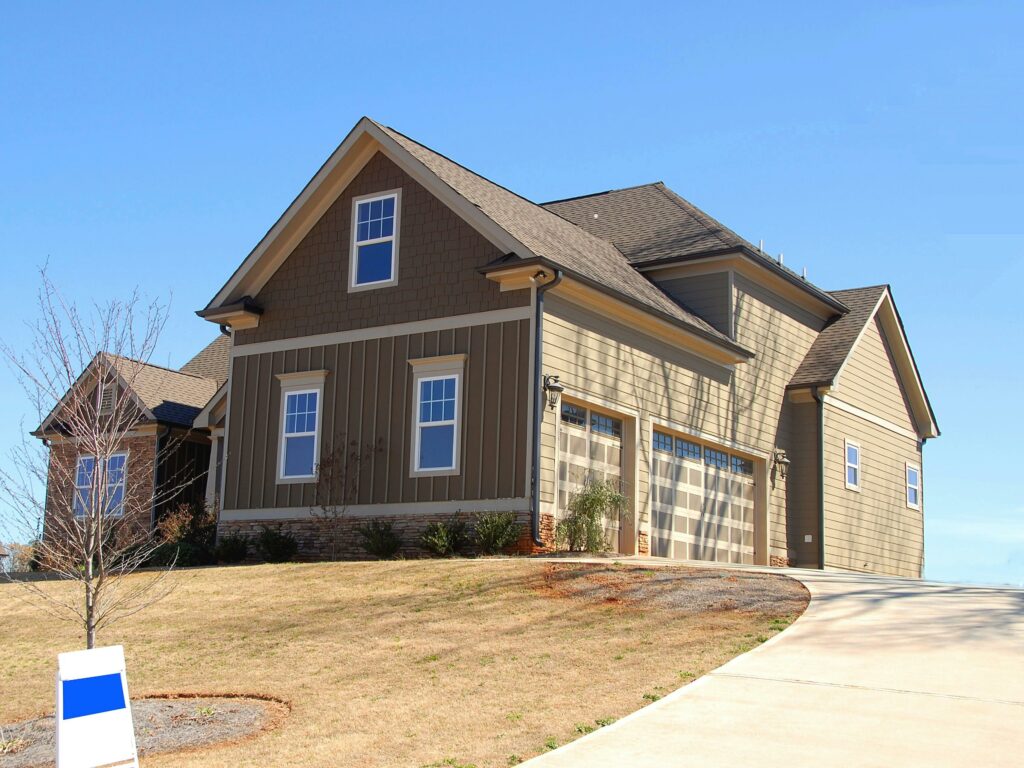In the quest for affordable living, many home buyers are turning away from bustling metropolises and setting their sights on lesser-known locales across the United States. Isn’t it refreshing to discover that serene living doesn’t always come with a hefty price tag? These hidden gems offer affordable and a quality of life that might surprise those used to the hustle and bustle of bigger cities. As more people seek a balance between cost and comfort, these areas are gaining popularity for their tranquil settings and close-knit communities. This article delves into some of the most affordable places in the U.S. for home buyers, offering insights into why these areas are worth considering.
The Allure of Small Towns and Mid-sized Cities
Smaller and mid-sized cities often boast lower living costs, less congestion, and a tighter-knit community atmosphere, which can be very appealing. Home buyers can find significantly lower housing costs in these areas, coupled with the charm of local traditions and unique regional cultures. This blend of affordability and community often makes smaller towns and mid-sized cities ideal for families, retirees, and even young professionals looking to stretch their real estate dollars.
Moreover, these communities frequently offer a slower pace of life that many find appealing in today’s fast-moving world. Without the overwhelming hustle often found in larger cities, residents can enjoy a more laid-back lifestyle, spending less time in traffic and more time with family and friends. This setting enhances daily living and helps foster stronger community bonds—turning neighbors into friends and a collection of houses into a connected community.
The Cheapest Places
Exploring the most affordable places to live by state reveals a tapestry of options, each with unique advantages. For example, places like Huntsville, Alabama, offer a booming tech scene with the cost of living below the national average. In contrast, cities like Sioux Falls, South Dakota, serve as economic powerhouses with no state income tax and a solid agricultural and services sector. These areas represent just a sliver of the options available to prospective home buyers looking for value without sacrificing lifestyle.
Further enriching the appeal, many of these locations are also investing in sustainability and green living initiatives, improving the quality of life and promising long-term benefits for residents. Initiatives like expanded public transportation, renewable energy projects, and green space development are becoming more common, aligning with the values of environmentally conscious home buyers and contributing to the overall attractiveness of these areas.
Quality of Life in Affordable Regions
When considering relocation, it’s not just the price tag of a new home that matters. Quality of life is a significant factor, and many of America’s most affordable places do not skimp on amenities. These regions often feature excellent schools, well-maintained parks, robust local economies, and vibrant cultural scenes—factors that greatly enhance day-to-day living. Additionally, lower crime rates and a slower pace of life contribute to the appeal, drawing in those who seek a peaceful environment.
Moreover, these affordable areas support a healthy work-life balance by offering shorter commute times and less overall stress. This environment allows residents to devote more time to hobbies, family, and community involvement, which can significantly boost personal satisfaction and well-being. The combination of accessible housing, ample amenities, and a relaxed pace fosters a quality of life that might otherwise be unattainable in more expensive urban centers.
Economic Opportunities
Economic vitality is key in these hidden gems. Many boast thriving job markets or proximity to larger cities where employment opportunities are plentiful. Some regions have become hubs for specific industries, such as tech, manufacturing, or healthcare, creating a healthy job market that supports local economies and attracts workers from higher-cost areas. This economic diversity ensures that residents not only enjoy low living costs but also have ample job opportunities.
In addition, these locales often provide significant incentives for small businesses and startups, such as lower taxes and access to local resources, further stimulating economic growth. This supportive environment not only retains local talent but also attracts entrepreneurs and business owners looking for a more sustainable cost of operation. Such proactive economic policies help maintain the vibrancy of these communities and ensure a stable financial future.
Connectivity and Accessibility
Today, connectivity is crucial, and many of America’s affordable areas are well-connected by major highways, airports, and public transit systems. This accessibility makes it easier for residents to commute, travel, and enjoy amenities in larger nearby cities. Furthermore, with the rise of remote work, many people are finding that they can live in these more affordable areas without needing to be close to their employer’s physical location.
Additionally, the digital infrastructure in these areas is often surprisingly robust, providing high-speed internet that supports remote work and digital entrepreneurship. This technological capability makes daily operations seamless and opens up diverse possibilities for residents to engage in global markets and digital communities. As remote working becomes more normalized, the appeal of living in well-connected yet affordable locales is likely to grow even stronger.
Community and Cultural Richness
The cultural and community aspects of these areas are to be considered. Festivals, local arts, historical sites, and community activities enrich the lives of residents and foster a sense of belonging. These communities often pride themselves on welcoming newcomers and integrating them into the local culture, which can make the transition easier for those relocating from other parts of the country.
Moreover, many of these communities maintain strong traditions and have vibrant local economies around artisanal and craft industries. From farmers’ markets that showcase local produce and crafts to music and arts festivals celebrating regional heritage, these cultural experiences create a rich tapestry of community life. Such involvement supports local artisans and businesses and solidifies a sense of community pride and mutual support among residents.
Conclusion
America’s hidden gems for home buyers provide more than just affordable housing options—they offer a holistic lifestyle that many in costlier cities crave. Offering economic stability, quality schooling, cultural richness, and access to natural beauty, these areas redefine the expectation that a high quality of life comes at a high cost. As the real estate landscape evolves, these affordable locales emerge as beacons of opportunity, promising a sustainable and rewarding lifestyle for those who explore them. Whether you’re buying your first home, planning retirement, or just longing for a new environment, these hidden gems could be the perfect setting for your next chapter.








